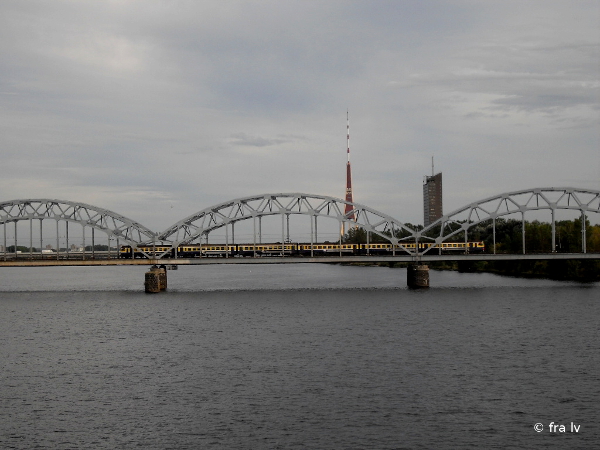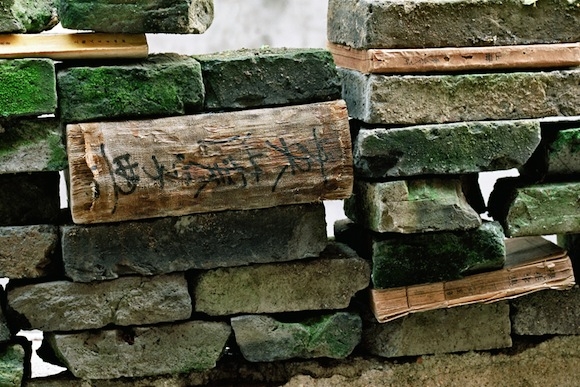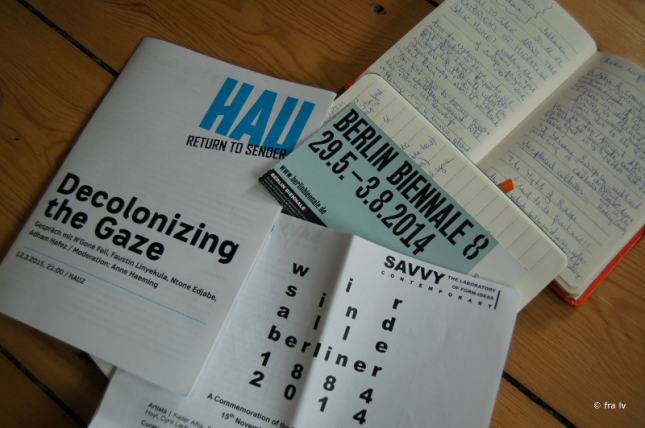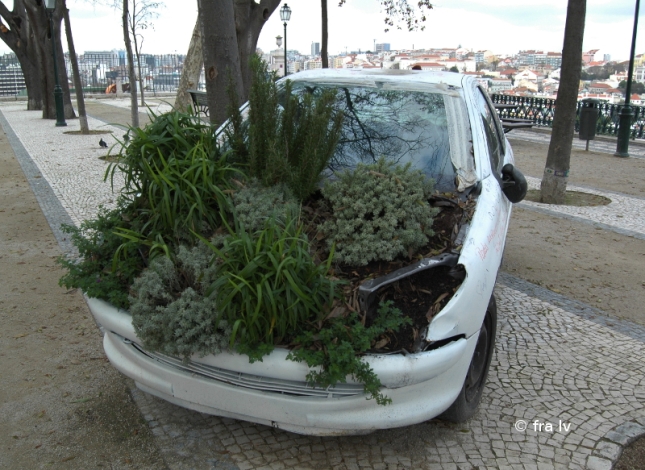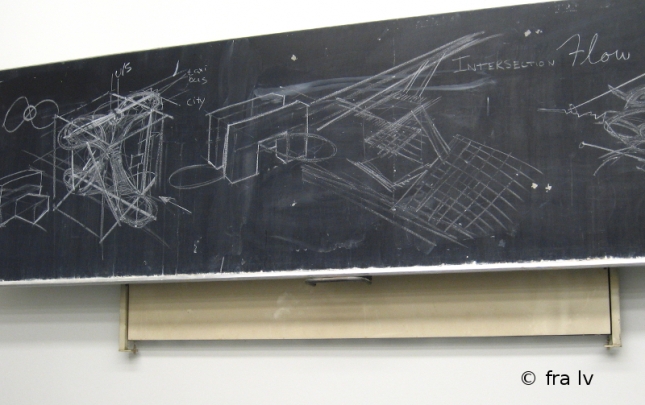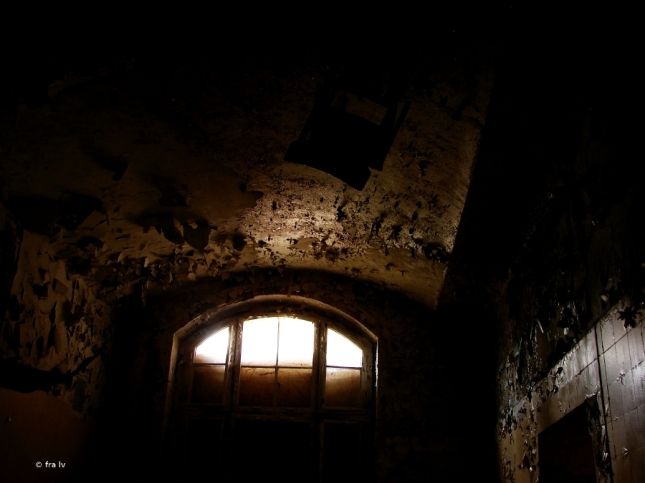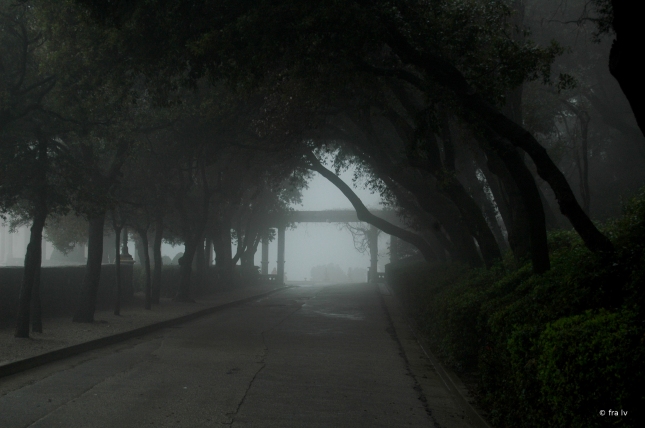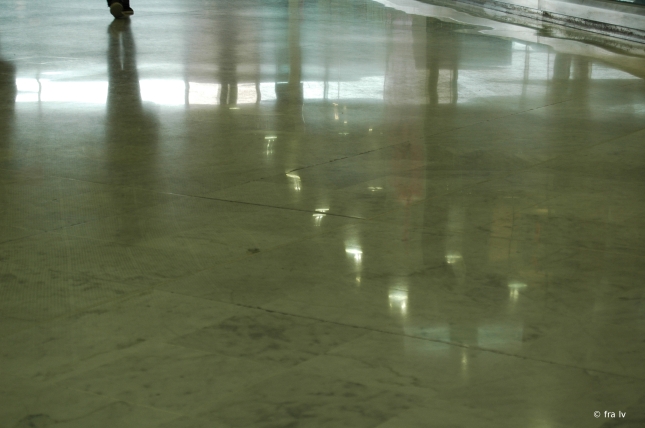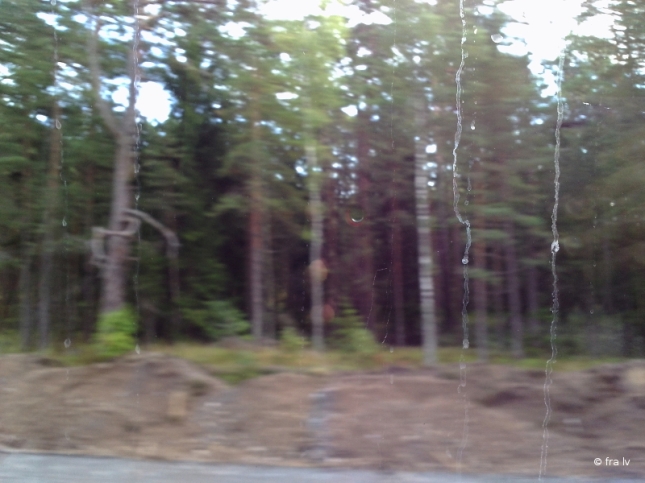
“Noi, ora, abitiamo altrove, in un’altra città tutta diversa, e più grande: e se ci incontriamo e parliamo della nostra città, ne parliamo senza rammarico d’averla lasciata, e diciamo che ora non potremmo più viverci. Ma quando vi ritorniamo, ci basta attraversare l’atrio della stazione, e camminare nella nebbia dei viali, per sentiri proprio a casa nostra; e la tristezza che ci ispira la città ogni volta che vi ritorniamo, è in questo sentrici a casa nostra e sentire nello stesso tempo che noi, a casa nostra, non abbiamo più ragione di stare; perchè qui a casa nostra, nella nostra città, nella città dove abbiamo trascorso la giovinezza, ci rimangono ormai poche cose viventi, e siamo accolti da una folla di memorie e di ombre.”
Natalia Ginzburg, “Ritratto di un amico”, in Le piccole virtù, p. 17

